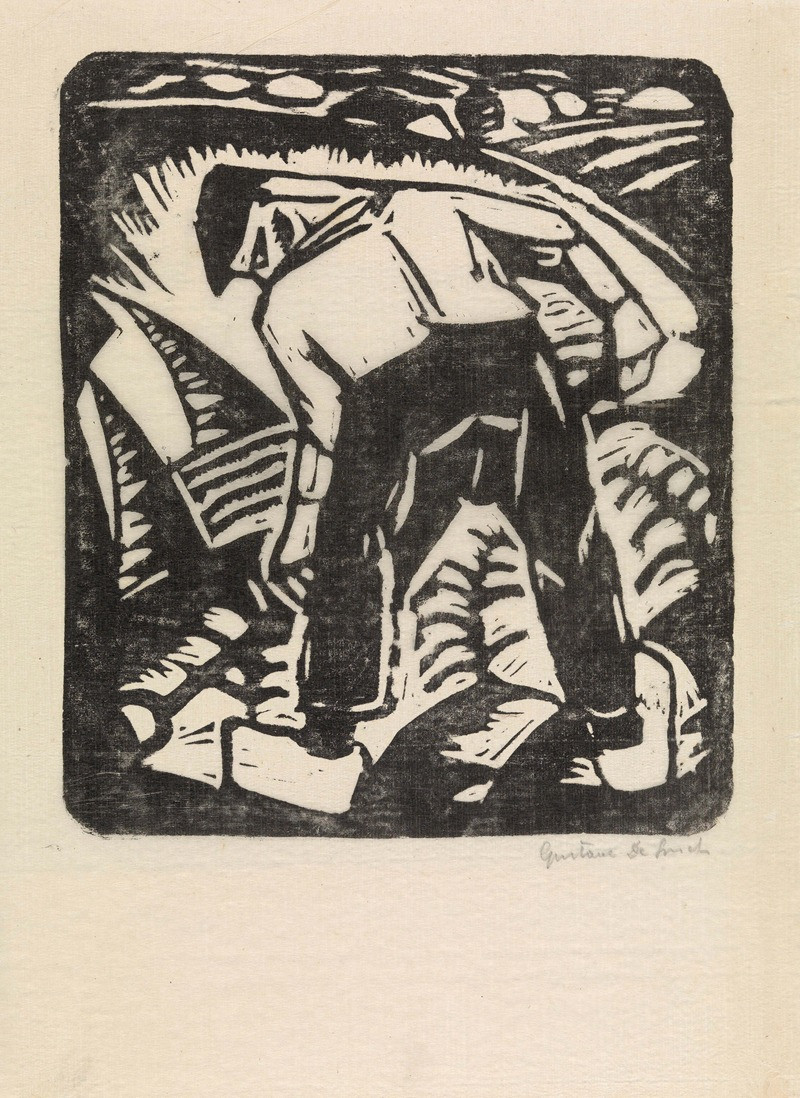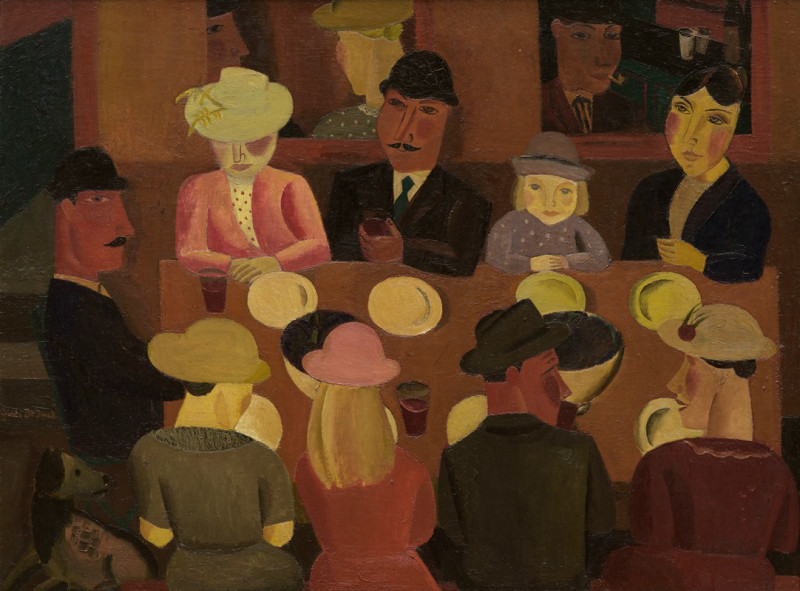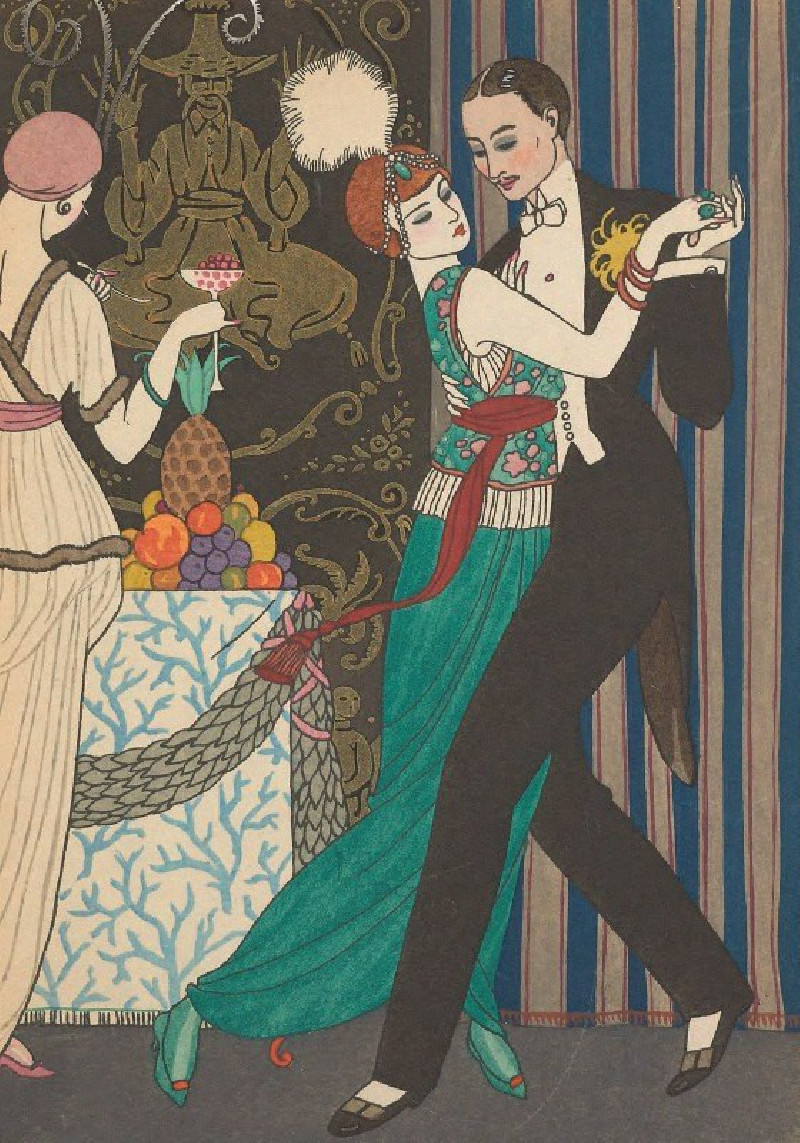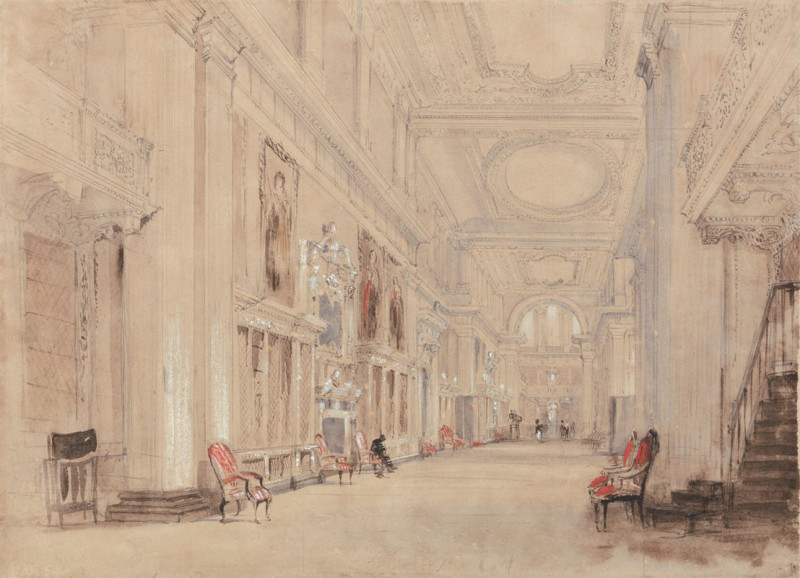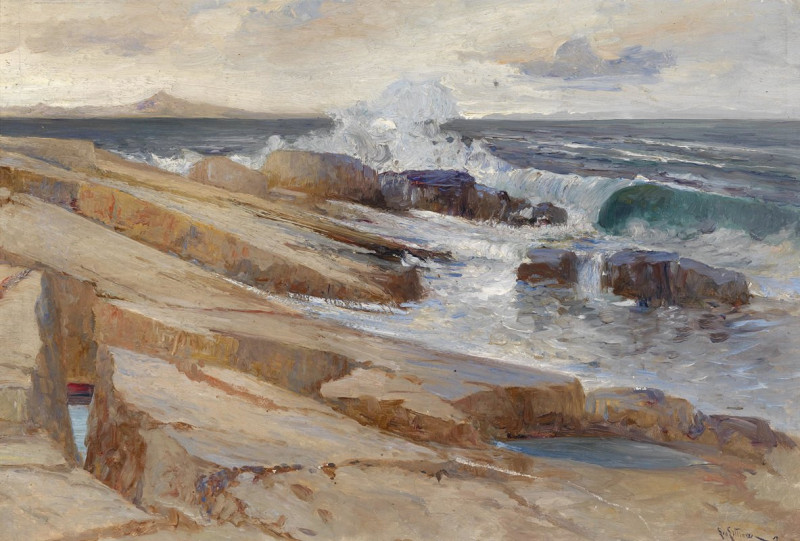Sunday (1921)
Technique: Giclée quality print
Recommended by our customers
More about this artwork
Explore the captivating world of Gustave De Smet through his profound painting, "Sunday" from 1921. This work, emblematic of the Flemish Expressionist movement, showcases De Smet's unique ability to blend bold contours and a subdued palette to evoke deep emotional resonance.The painting features a group of four figures, distinctly stylized with geometric simplicity and an almost sculptural solidity that is characteristic of De Smet's mature style. The two female figures in the foreground display rounded, voluptuous forms and are dressed in long, flowing dresses—one in rose pink and the other in muted yellow. They are portrayed in a moment of static interaction, their faces marked by large, piercing eyes and simplified features that intensify their expressive potency.Behind these prominent figures, two male figures emerge from a darker, richly textured background, rendered with a palette that emphasizes deep browns and blacks, punctuated by strategic flashes of color in the architectural elements. These men, wearing hats and somber expressions, contribute to the narrative's mystique, adding a layer of enigmatic depth to the composition.The backdrop is an intricate collage of abstract shapes and structures that suggests a fragmented, almost cubist interpretation of a village scene. These elements do not merely serve as a setting but participate actively in the emotional drama, mirroring the complexity and entanglement of the human figures' own interpersonal dynamics."Sunday" by Gustave De Smet is not just a visual exploration but a deep dive into the soul of early 20th-century European society, reflecting its tensions and transitions.























